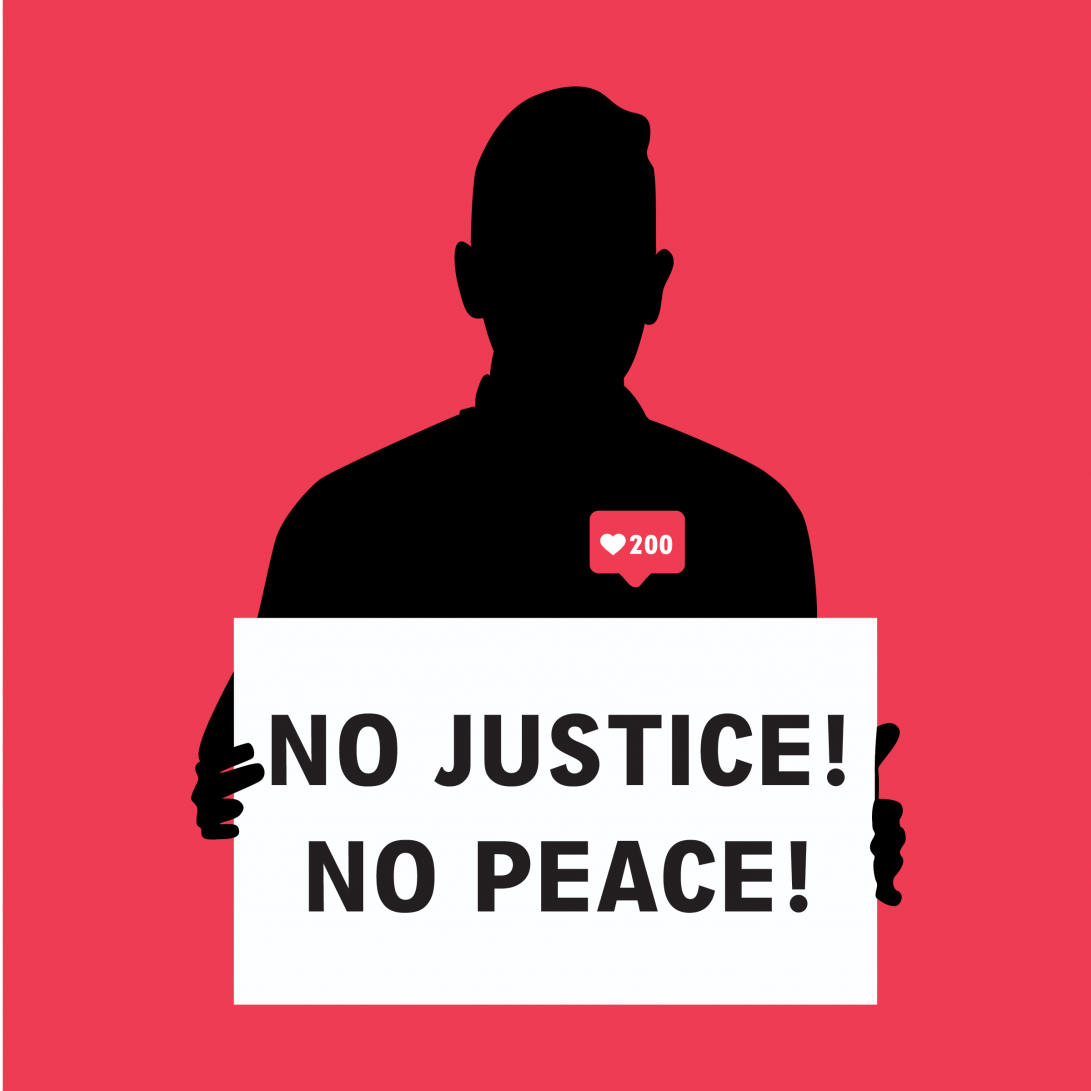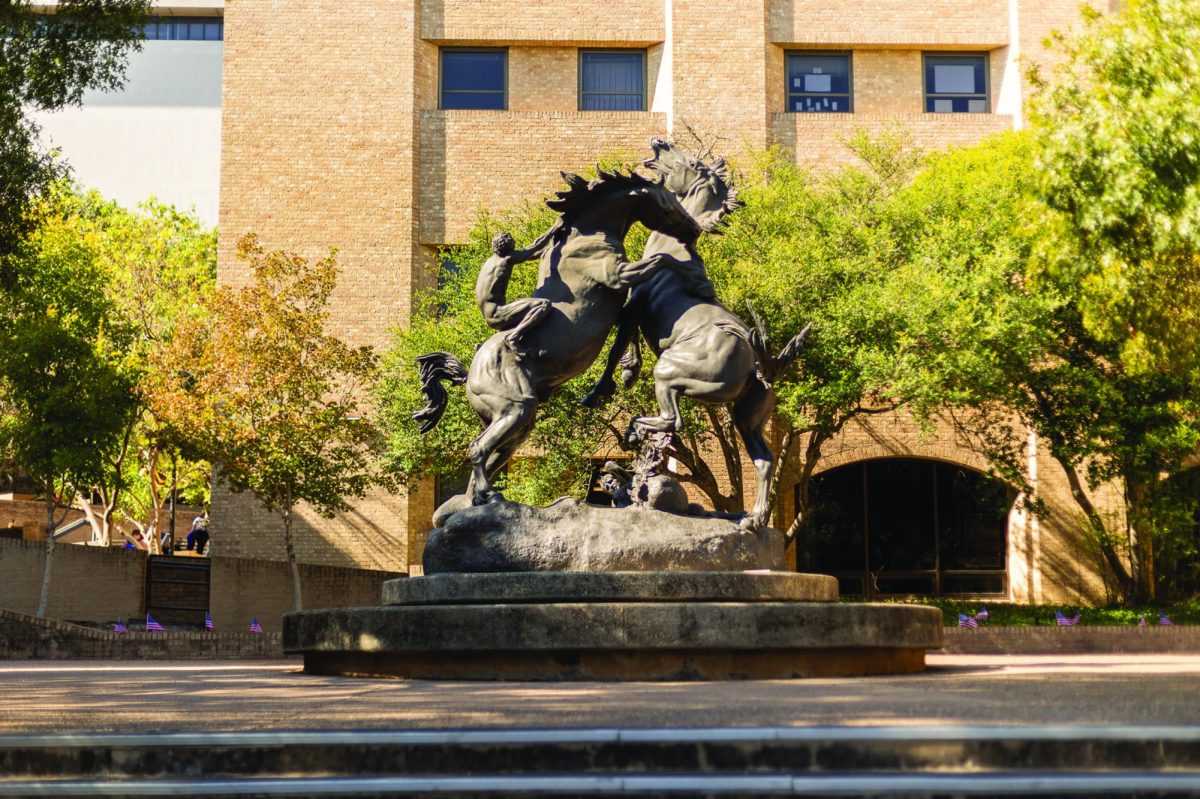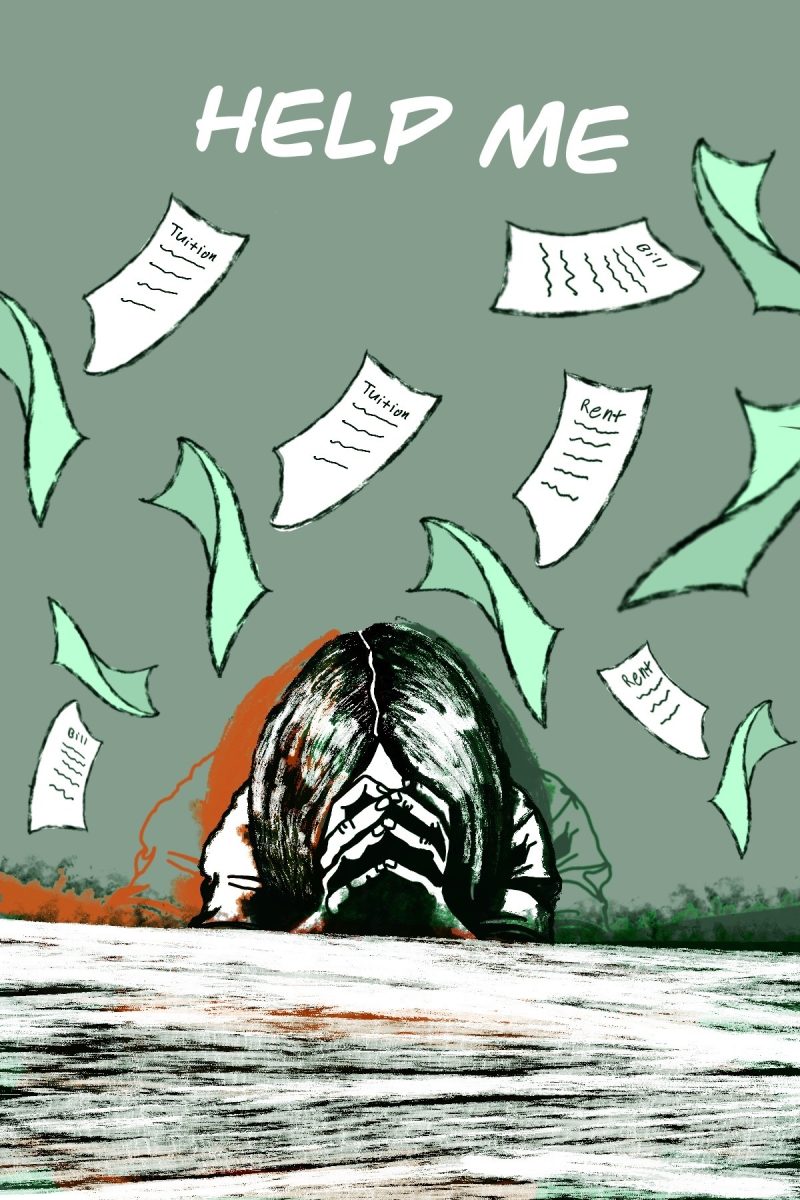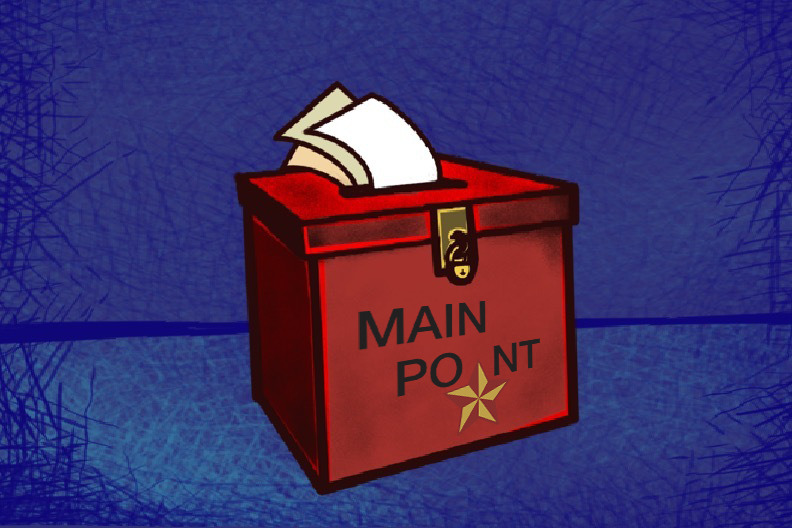The struggle to be heard, for validation and acceptance from others, has empowered performative activism to undermine movements throughout history. Now, that same struggle has gone too far, dominating our social lives, present through our social media and going into the institutions we trust with our lives and collective well-being.
Cultural context and platforms for communication have taken this struggle and confused it with the chasing of ‘clout,’ or influence and power. Now is the time to attempt to draw the line between action in service of the public good, and the appropriation of another’s struggle for the sake of popularity. The latter presents more damage than it does meaningful change.
The young and politically active are tasked with answering complex questions and debates on over-policing, systemic injustice and the future of our ecology. These are only further confused when those engaging in the conversation must question the motivations of clout-chasing habits in others.
The confusion wrought by the information age and social media’s blending of performance with political action holds consequences felt at every level of society. The effects can be seen in a variety of displays by celebrities, ‘movements’ like Blackout Tuesday and the fabrication of ideologies.
While it might be argued that such performative actions nevertheless raise awareness of the issues in question, it is plain to see that these also serve to further one’s image.
Each instance of misguided or selfish use of political struggle ultimately takes space and attention away from those fighting for real change and furthers the idea that being recognized for one’s intentions is what’s most important, and it is harmful.
Publicity stunts and the meticulous engineering of public appearances is a phenomenon common to all political groups and ideologies. Those who are trusted to run institutions and public policy are no stranger to photo-ops; however, our leaders find aesthetic choices and symbolic gestures to be satisfactory replacements for significant political change.
Such inspiring indications of good intent come simultaneously as the U.S. faces allegations of human rights abuses over the treatment of protesters. These nearly-empty gestures completely miss the point and basic demands of the movements which they attempt to put an end to.
The struggle is not centered around the re-naming of streets, but the desire for radical change to systemic injustice. Ignoring this reality is detrimental to those advocating for social justice, considering the same issues will inevitably rise again because they weren’t addressed appropriately before.
Performances and gestures have the power to communicate sentiments. The way those sentiments are received and the meaning behind them can change, even after a statement has been made. The fluidity with which ideas are attached to and discarded has produced a context of shifting and obscuring meaning.
At an instant, the right thing to do may be to voice one’s support for the movement, but then it becomes about supporting those in need of assistance, and then those very means of support are demonetized and neutered of any capacity for change. One may find themselves surrounded at all sides, both by those who expect and present certain conduct that may have changed or disappeared by the next day.
Performance is not only an incredibly ineffective way to communicate a lasting sentiment or idea, but it also severely limits one’s capacity to discern whether the ideas and gestures of others are genuine or acts of morbid self-attention which may be rescinded in an instant.
Again, it proves to be harmful to movements and activists advocating for meaningful change by diverting attention away from the real issues at hand. In situations where real activists should be concerned with justice, they have to worry about outsiders sabotaging the causes they are fighting for.
Attempting to improve ourselves and our communities, free from performative elements, has been rendered all but impossible by the nature of contemporary society and social media. The radical solution may be as simple as either doing something or doing nothing.
The eternal fight for freedom from oppression needs as many hands and hearts as it can get. On the other hand, performative exercises and the derailing of political messages often empower the very concept or institution they claim to be critical of.
In a world where all acts are communicative and where participation is chained to performance, one finds that the only sure way to help is to direct effort toward the material world. Perhaps it is one’s duty to do something by providing material support for those in need or do nothing if one seeks only to use the movement as a means of acquiring social credit.
– Hunter Griffith is a general studies senior
Opinion: Performative activism does more harm than good
June 29, 2020
By Alondra Vasquez
Silhouette of a man holding a “No Justice No Peace” protest sign for social media likes.
0
Donate to The University Star
Your donation will support the student journalists of Texas State University. Your contribution will allow us to purchase equipment and cover our annual website hosting costs.
More to Discover














